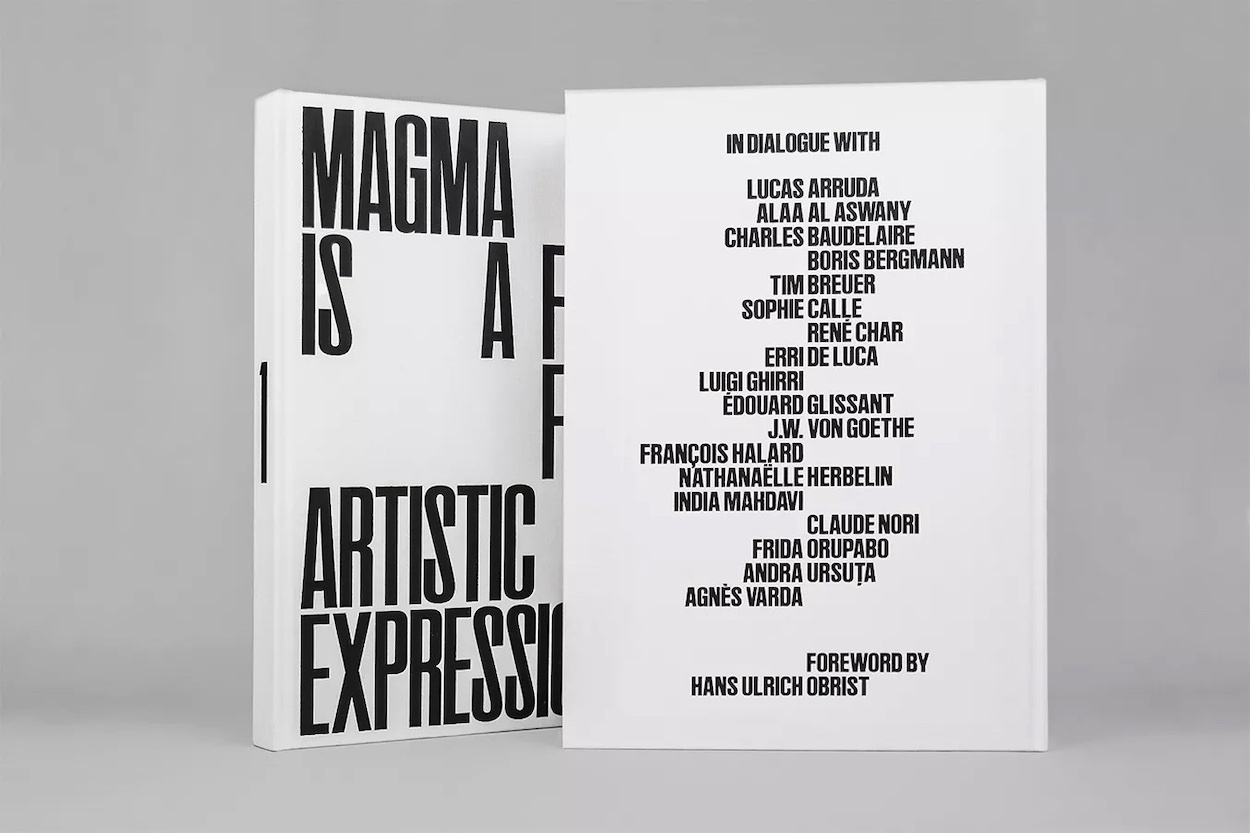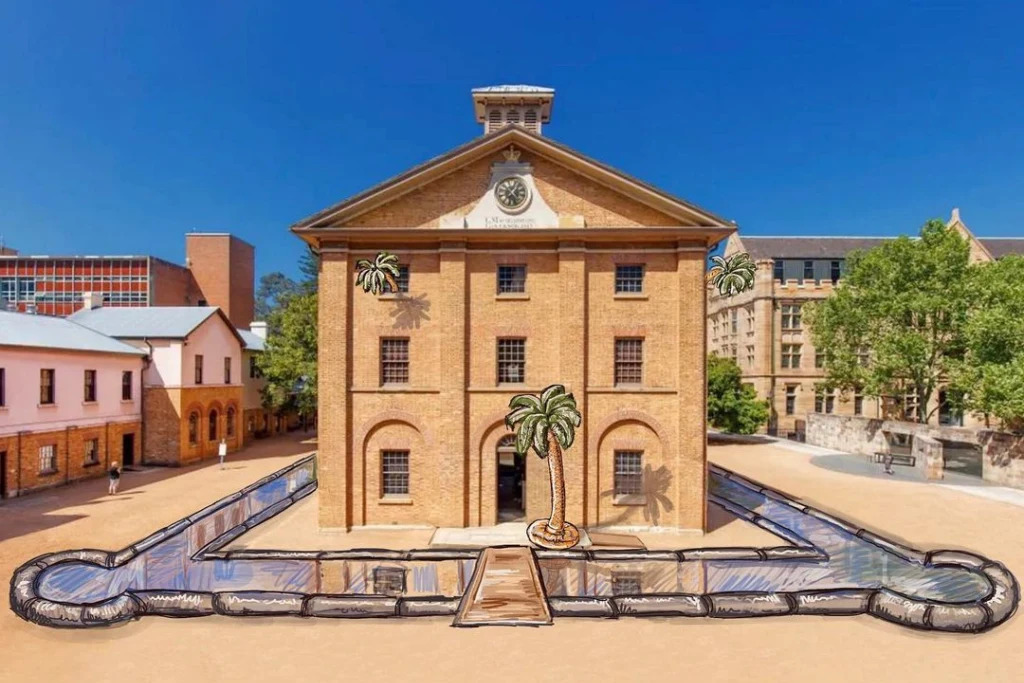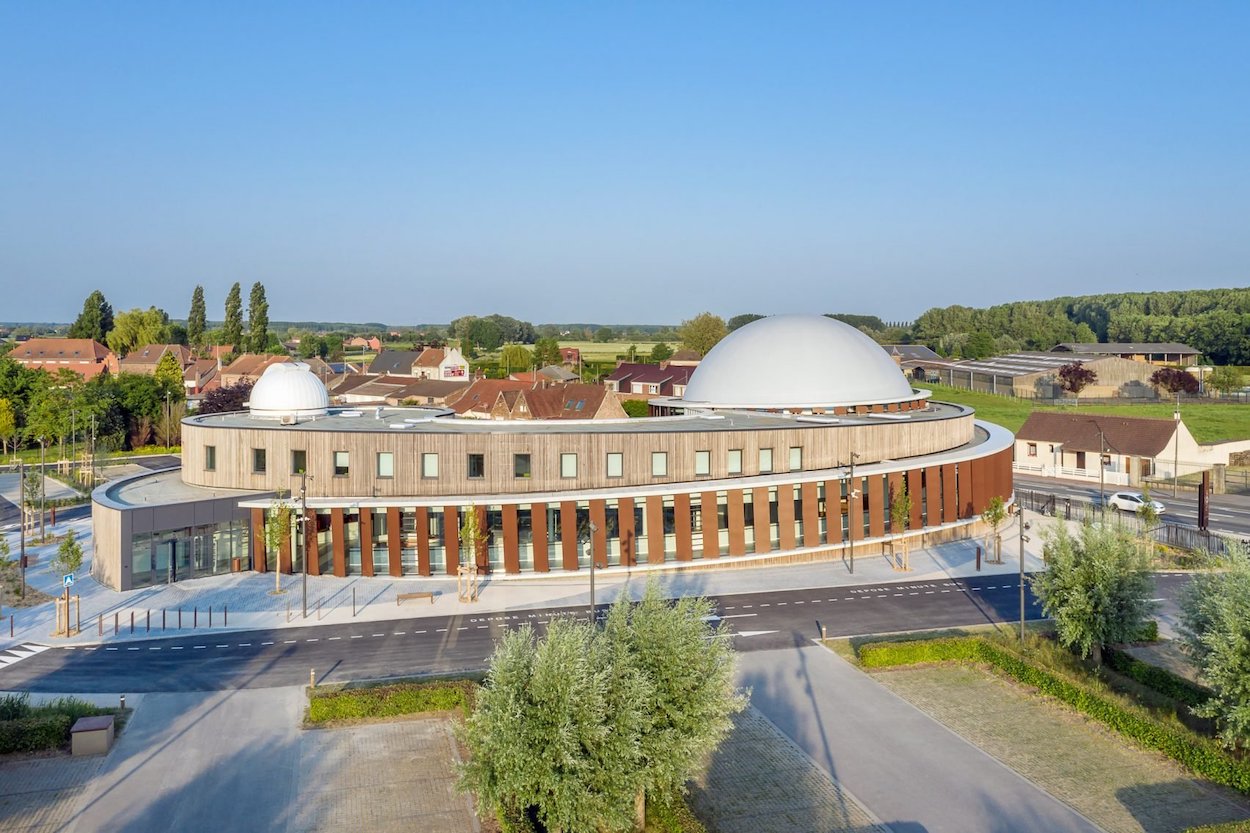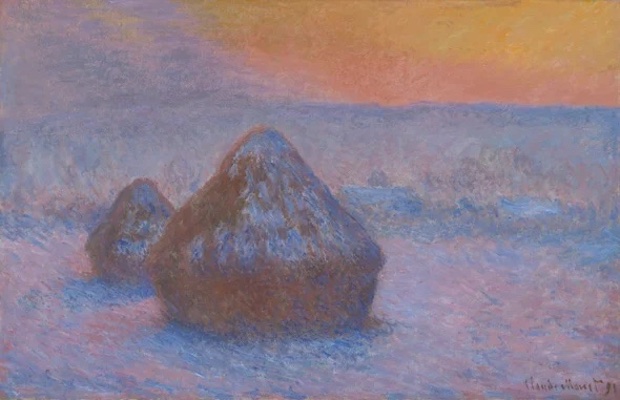The Design Dispatch offers expertly written and essential news from the design world crafted by our dedicated team. Think of it as your cheat sheet for the day in design delivered to your inbox before you’ve had your coffee. Subscribe now.
Have a news story our readers need to see? Submit it here
Bottega Veneta Backs Magma’s First Issue
First they ditched social media, then they launched their own online magazine and revived a niche favorite. Bottega Veneta continues to eschew fashion-industry norms and reiterate its love for print with its latest undertaking, the support of art producer and publisher Paul Olivennes’ newly launched Magma journal. Inspired by the avant-garde and intended as “a forum for artistic expression,” Magma’s first issue is a guaranteed heavy hitter with an introduction penned by Hans Ulrich Obrist and previously unpublished contributions from luminaries like India Mahdavi, François Halard, and Agnès Varda. —Jenna Adrian-Diaz
Australia “pauses” a major public art program and cancels an Alex Seton commission.
One of Australia’s prominent public art programs has been suddenly terminated, leaving an artist’s project in uncertainty after 18 months of work. Sculptor Alex Seton was informed in May that his planned installation for Sydney’s Hyde Park Barracks had been scrapped before learning the entire Hyde Park Barracks Annual Art Commission program had been quietly eliminated by the government, despite being funded through 2025. The Museums of History New South Wales (MHNSW), the organization overseeing historic sites, clarified the program is only paused pending an independent review, and they stated that no decision has been made regarding future commissions or the program as a whole.
A new study suggests San Francisco needs to update its stormwater infrastructure.
A recent study reveals that San Francisco will experience more intense storms and increased flooding due to human-caused climate change. The report predicts a 37 percent increase in rainfall by the end of the century, emphasizing the urgent need to update stormwater infrastructure. Kris May, a lead researcher in the study, highlights the lack of preparedness and a need for innovative solutions as cities across the country face similar challenges. San Francisco’s aging infrastructure and vulnerability to flooding necessitate not just larger pipes but also improved water management strategies to mitigate the impact of future storms.
In France, Snøhetta unveils a swooping planetarium inspired by cosmological motion.
Snøhetta has finished building Orionis, a planetarium in Douai, France, which features two domes surrounded by sweeping wooden walls. The elliptical shape of the 21,500-square-foot building, made from poplar wood and glazed walls with steel brise-soleils, was inspired by the movement of stars. The planetarium, which opened to the public in May, includes exhibition spaces, an amphitheater, and screening rooms covered with PVC on the domes, and was envisioned as a one-of-a-kind meeting place and destination for Douai visitors and residents.
The two-year project to modernize Penn Station’s LIRR concourse draws to a close.
Skanska, AECOM, and SOM have jointly announced the completion of the $414 million renovation project for Penn Station’s Long Island Rail Road (LIRR) concourse. The project, initiated in January 2021, aimed to modernize and expand the 33rd Street train hall corridor while ensuring uninterrupted daily operations and train service. The renovation encompassed the construction of a wider concourse with raised ceilings, improved lighting, digital information screens, enhanced mechanical and electrical systems, and updated architectural finishes, all designed to enhance the commuting experience for the 600,000 daily passengers.
Museums continue to strengthen security measures in response to climate activists.
In recent incidents at museums worldwide, climate activists have targeted delicate artworks to draw attention to the urgency of the environmental crisis. Attacks involving paint splatters and disruptions have left cultural institutions with growing security, conservation, and insurance costs. Museums have responded by increasing security measures, such as using protective glass for artworks, but the financial repercussions and conservation efforts required after such attacks continue to impact their budgets and operations.
Today’s attractive distractions:
Naxos has made its opera collection available for streaming on Amazon.
Here’s a vivid look into the wondrous—and mysterious—lives of sharks.
Astrophysics reminds us that Earth’s most famous art started as stardust.
A decade after its short-lied disappearance, the Twinkie brand is thriving.




